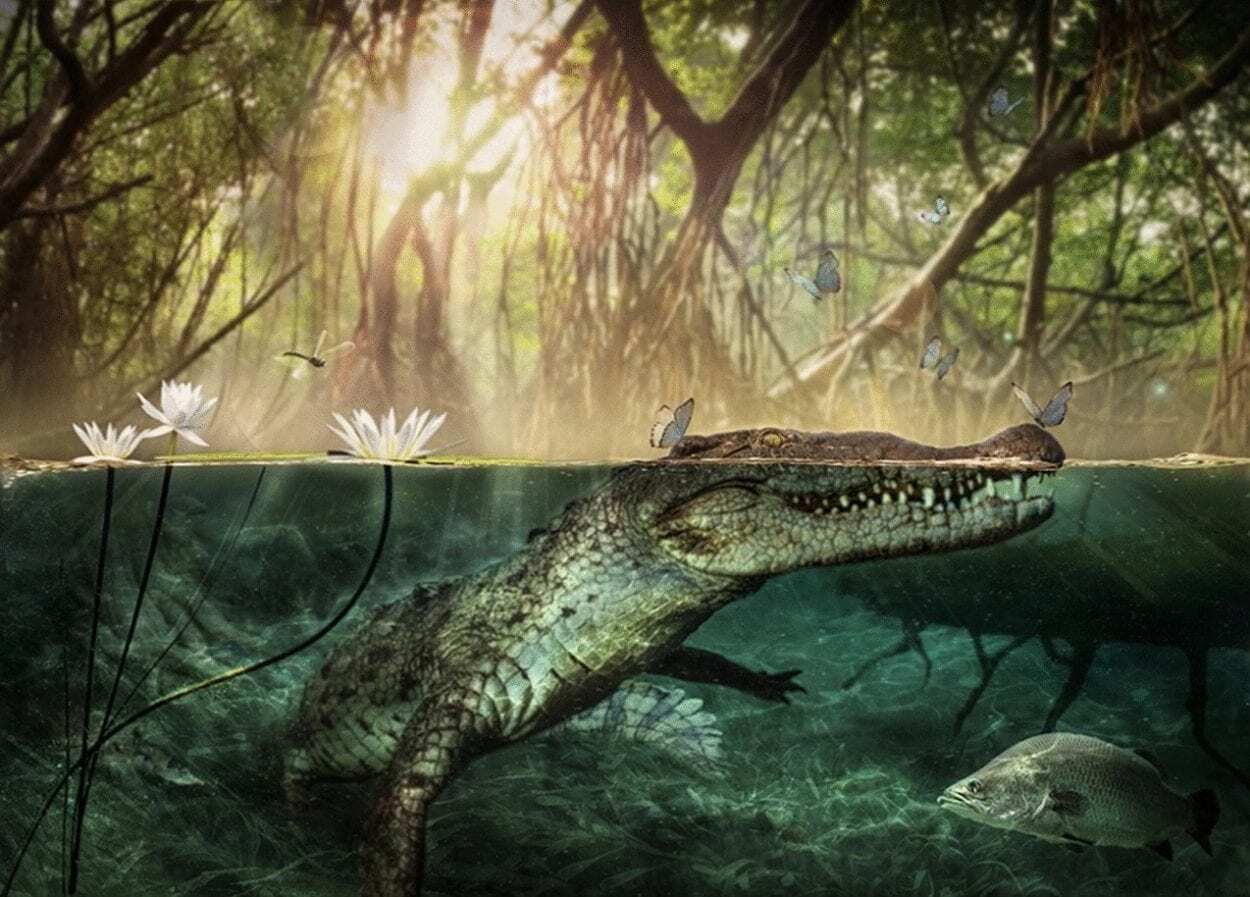The extinct African crocodile species Crocodylus checchiai may be closely related to American crocodile species alive today.
The findings suggest that crocodiles may have migrated from Africa to America during the Late Miocene epoch (11-5 million years ago).
Prior to this discovery it was unclear whether crocodiles reached the Americas from Africa, via a hypothesized transatlantic voyage, or vice-versa. Massimo Delfino and colleagues used CT imaging to re-examine a skull of C. checchiai stored at the Earth Sciences museum MUST of Sapienza University of Rome, that was discovered in 1939 in As Sahabi, Libya.
The authors identified several new skull structures including a protrusion in the middle of the snout of C. checchiai that has not been identified on any other African crocodile species but that is present on the skulls of the four living American crocodile species Crocodylus intermedius, C. moreleti, C. acutus and C. rhombifer. This shared skeletal structure indicates a close evolutionary relationship between C. checchiai and American crocodiles.
Further analyses of the evolutionary relationships between species suggest that C. checchiai may be part of the same lineage as the four crocodile species found in North and South America today.
The remains of C. checchiai have been dated to around seven million years ago while the oldest remains of an American crocodile, the extinct C. falconensis, have been dated to around five million years ago. Based on these findings, the authors propose that crocodiles reached America by migrating westwards from Australasia via Africa.





